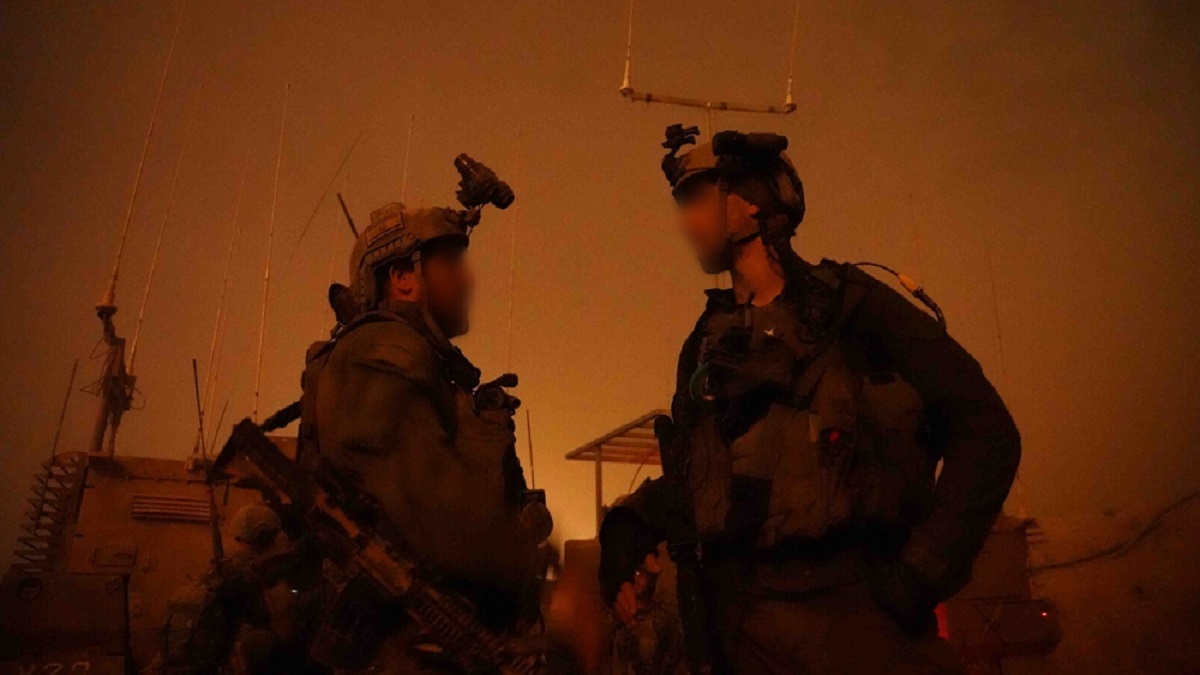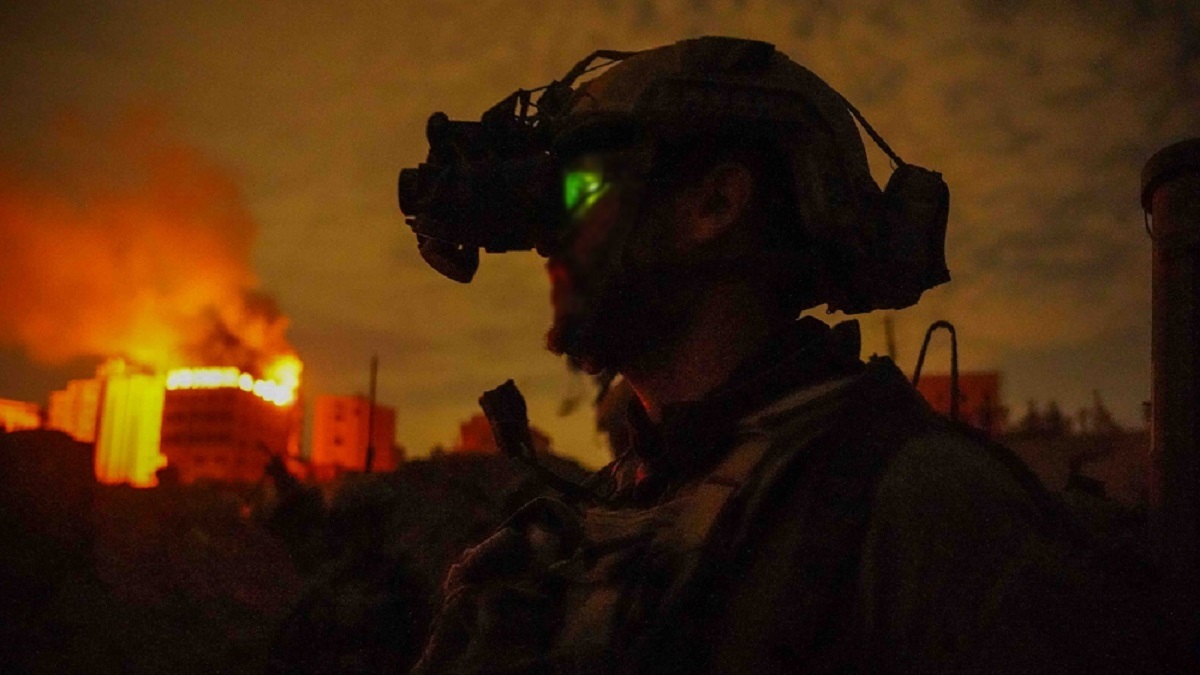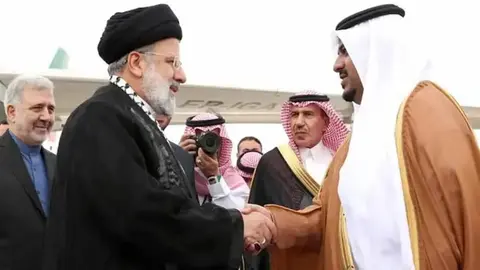From Shayeret 13 to Shaldag, Israel's Special Forces in Gaza

Despite the fact that some Western leaders question Israel's right to defend itself against terrorist attacks and even to fight back with all the means at its disposal, successive Israeli governments have not neglected the fact that its very existence depends first and foremost on its own forces. And, within them, on the coordinated work of its special forces, the elite units tasked with preserving the country from attack and, if it comes under attack, to act on the most risky missions, no matter how far-fetched or suicidal they may seem.
Since Hamas launched its war against Israel on 7 October with attacks, indiscriminate assassinations and hostage-taking, these special forces have been in action. The first of these, the Shaldag Unit, also known as the 5101st or more popularly by the "kingfishers", for their patience in locating and encircling prey, and their speed in neutralising it.

Inspired by the British SAS, in addition to their well-known aquatic prowess - their best-known speciality is planting bombs attached to the hull of ships - the Shaldag were the first to intervene during the Hamas terrorist offensive of 7 October. They deployed in the area of Kibbutz Beeri, killed three of the terrorists and rescued some residents, before continuing in the following days with mop-up operations in various locations in southern Israel, including the Kibbutzim of Beeri, Alumim and Reim, resulting in the elimination of several dozen terrorists.
The Shaldag, whose command included War Cabinet Minister Benny Gantz, has focused its main activity in Gaza on the entire area where the Shifa Hospital is located. It was Shaldag's commandos who uncovered Hamas weapons stockpiles and infrastructure, with large quantities of weapons, ammunition, grenades, military equipment camouflaged in hospital containers and anti-tank mines. Their main discovery, thanks to the use of the most advanced technologies, were the different conduits of the tunnel network, the existence of which had always been denied by the organisation that has ruled the lives of the Gazans until now.
While Shaldag was founded in 1974 as a result of lessons learned in the 1973 Yom Kippur War, Shayeret Matkal had already been operating since 1964, as an elite force from the IDF's paratrooper and intelligence brigades. It is mainly used to gather intelligence in enemy territory. It has had among its most prominent leaders the current defence minister, Yoav Gallant, and even the former prime minister Ehud Barak was part of the commando that in 1973 liquidated Mohammad Yussef al-Najjar, Yasser Arafat's deputy at the head of the Palestine Liberation Organisation, in Beirut.

Equivalent to the US Navy Seals, the Shareyet's mission in Gaza is to eliminate as many Hamas leaders as possible and free as many hostages as possible. Their commandos know how to kill with their bare hands, parachute and swim long distances underwater, from which they can emerge by surprise and take down their chosen prey.
To become a member of any of these elite units is only available to the chosen few. Those who join the Shelbag sign a contract for a minimum of 22 months; those who join the Shayeret sign a contract for eight years, including three years of training. During this time, they must specialise in the use of the most advanced technologies, the most sophisticated weapons, as well as drone driving skills.
Alongside these two elite units is a third, the 669th, which is mainly assigned to the recovery of Israeli dead and wounded in combat, a task they have learned to perform in the worst circumstances of enemy fire.
The intelligence services complete the picture: the Shin Bet or National Agency, the Mossad, dedicated to foreign espionage and whose reputation for effectiveness is global, and Unit 8200, tasked with intercepting the communications of Israel's enemies.

While the truce may have provided a respite in bombing, it is certain that the activity of these special units has not ceased at all, and that the gathering of information and data for further precision operations has been carried out with the usual thoroughness and professionalism demonstrated in their past missions.



